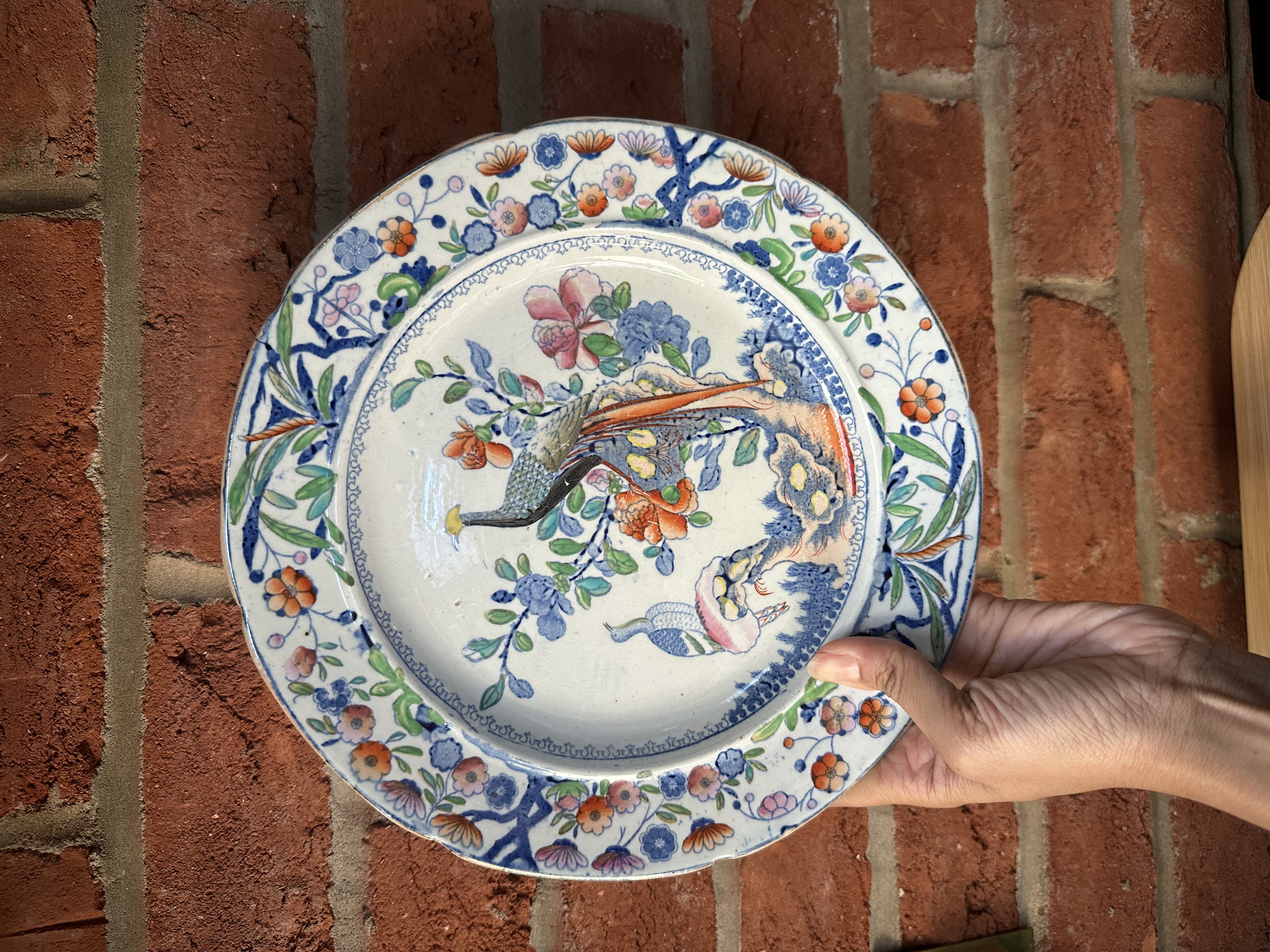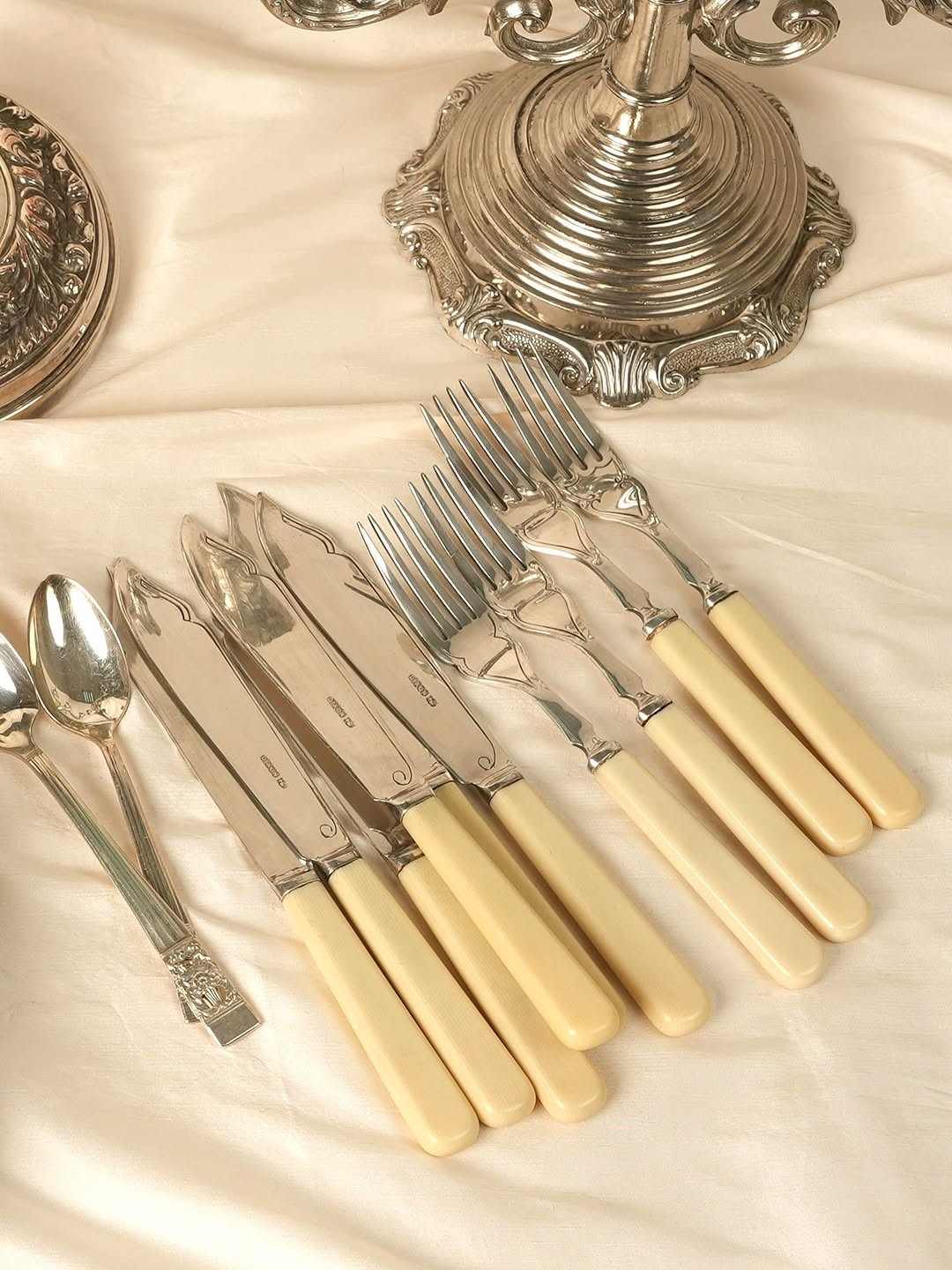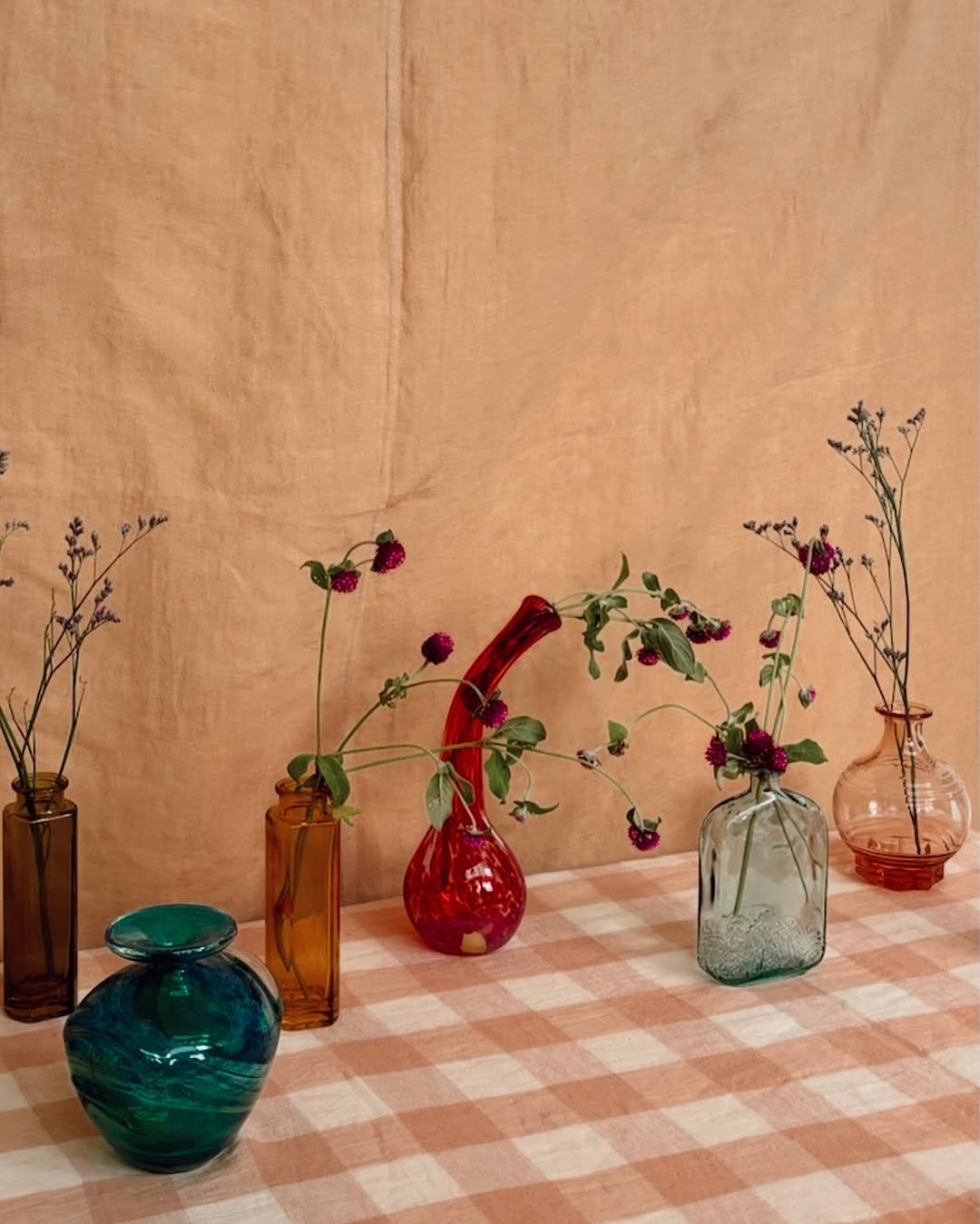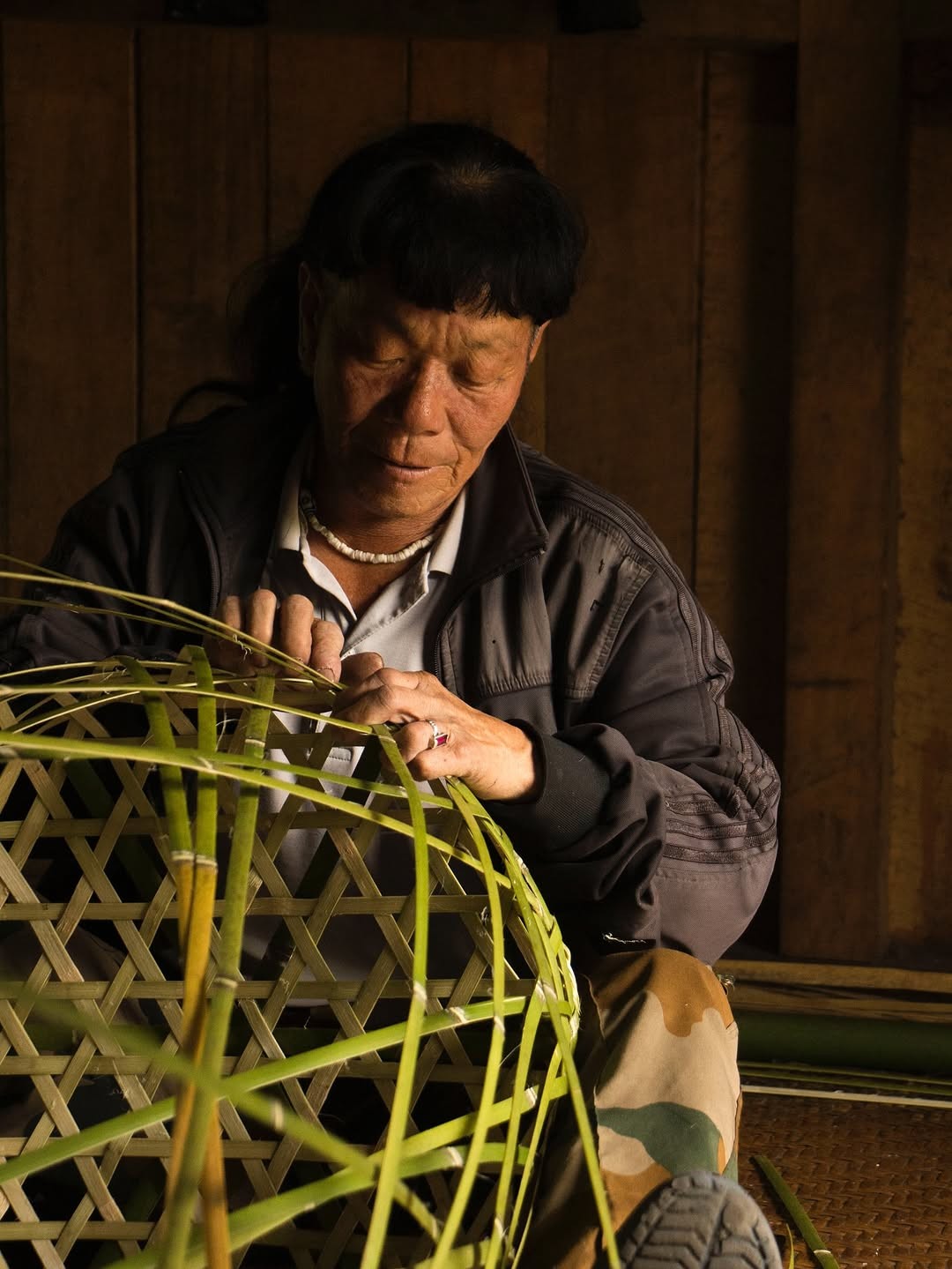I first met Aastha at a swanky city bar, and by the end of the night, I was sitting in her cosy home, a space that immediately felt personal and alive. Her world is built around handpicked vintage and antique finds, porcelain dinnerware from another century, rare decanters, plates that glow with time. Each piece is a conversation between eras, carrying the emotionality of what endures when everything else changes.
Aastha and her sister Nitya collect and curate such items through Lazy Suzan, their entrepreneurial alias. For them, every vintage piece is a vessel of memory, carrying traces of rituals and rooms that once held it. A reminder that the most beautiful things aren’t always new, they're alive with memory.
Her practice is about continuity and a soft rebellion to disposability and fast consumption. In this conversation we explore her ritual of preservation, of feeling, form and the invisible thread between people and objects,

On what draws her to an object
“I often think it begins with nostalgia. Materials and designs I grew up seeing — the textures, the details that belonged to another rhythm of life. Some pieces simply aren’t made anymore; they carried a level of effort and attention to detail that’s almost unimaginable today.”
For her, collecting is an instinct , a feeling first, reason later. “It’s something I can’t explain. I look for a reaction within myself — that flicker of emotion — because I know if it moves me, it could stir something in someone else too.” That emotional intuition shapes Lazy Suzan’s curation: objects that shimmer with nostalgia, glassware that holds light like water, and pieces that invite you to slow down long enough to feel.

On collecting in a world that’s constantly shedding
To collect, in this era of excess and disposal, is almost radical. “Collecting with consideration, valuing what something means to you, the story it carries, makes it worthwhile to bring into your home,” Aastha reflects. “It’s a way of moving away from mass consumption, toward meaning,"
For her, the act isn’t about ownership, but connection. “If you can look at your dinner plate and feel nostalgia, if it reminds you of your grandmother’s house or a meal you loved, then that’s reason enough. That’s what I’m here for.”
Through Lazy Suzan, she’s discovered she isn’t alone in this sensibility. “There are so many of us drawn to the timeless beauty of pieces that carry history home. We’re not just buying things, we’re rescuing stories, allowing them to live again.”
The piece that stayed with her — even after it left
Among the many treasures that have passed through her hands, one remains vivid in memory: an Antique Booths “Old Dutch Peacock” China Dinner Service from around 1900.
“It took me a long and heartfelt conversation with the woman who owned it to bring it home,” she recalls. “It had been her mother’s wedding china — over a hundred years old. We collected it from a retired couple in Wimbledon, both avid collectors themselves. They were curious about where this heirloom would go, and it felt surreal to carry away something that had witnessed so much.”
This 28-piece porcelain set didn’t stay long. “The moment it was listed, it captured someone’s heart. We received the sweetest note from a customer we deeply admire, whose sensibility aligns beautifully with us. We couldn’t have been happier that it found its way to her.”
Even so, she says, “A piece of my heart is still tied to it. I know it will be cherished, loved, and celebrated — surrounded by warmth and many beautiful dinner parties.”

The Table as a Living Canvas
This year they hosted Lazy Suzan’s first supper club — an evening where tableware from the 1890s came alive again. “We created three table settings using dinner services from that era. We layered silk, candles and foliage to create a sensory world for each piece,"
It was more than a meal; it was a musing on how objects shape atmosphere, how the past can be set on a table and lived with once more. “It reminded me that beauty isn’t static,” she says. “It breathes differently each time it’s touched.”

Custodian, Not Collector
In a culture that moves fast, Aastha’s world insists on slowness, on living with what lasts.
“Each piece has its own rhythm,” she reflects. “I see myself as a custodian more than a collector."
That gentle philosophy forms the soul of Lazy Suzan: a space that invites you to hold time differently. “When someone brings one of these pieces home, I imagine the life it’ll have — the meals, the laughter, the hands it’ll pass through next. That’s the beauty of it all. The story never really ends.”
“Sometimes, to live slowly is simply to live with care — to let beauty linger.”
.svg)




